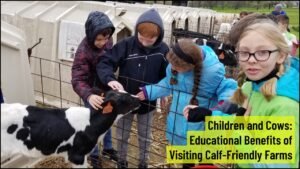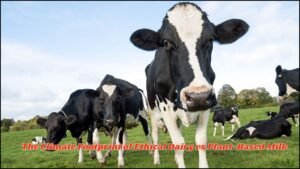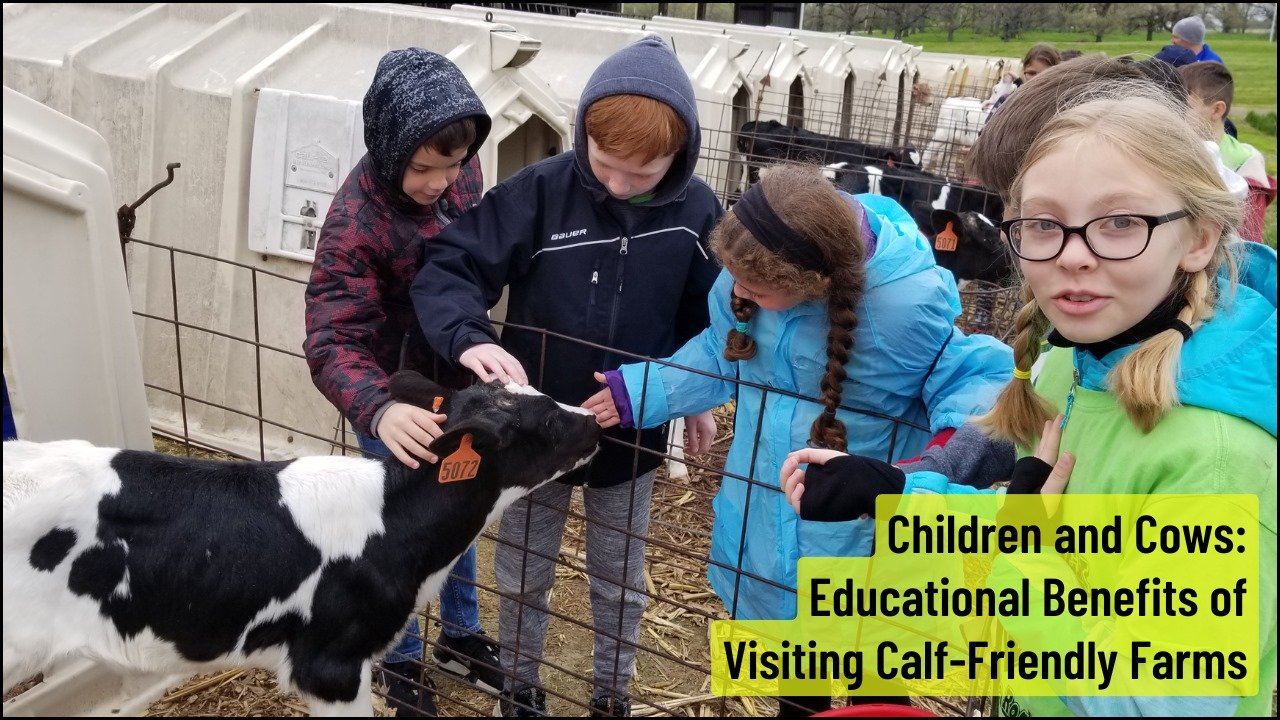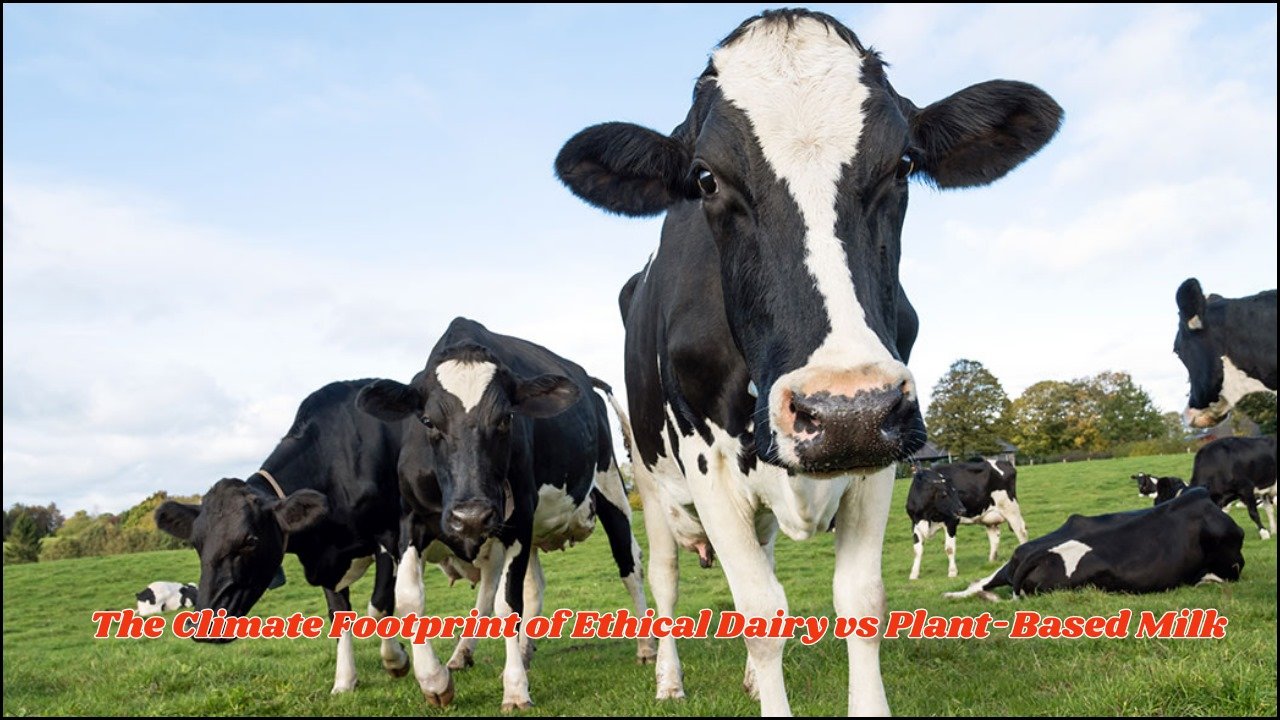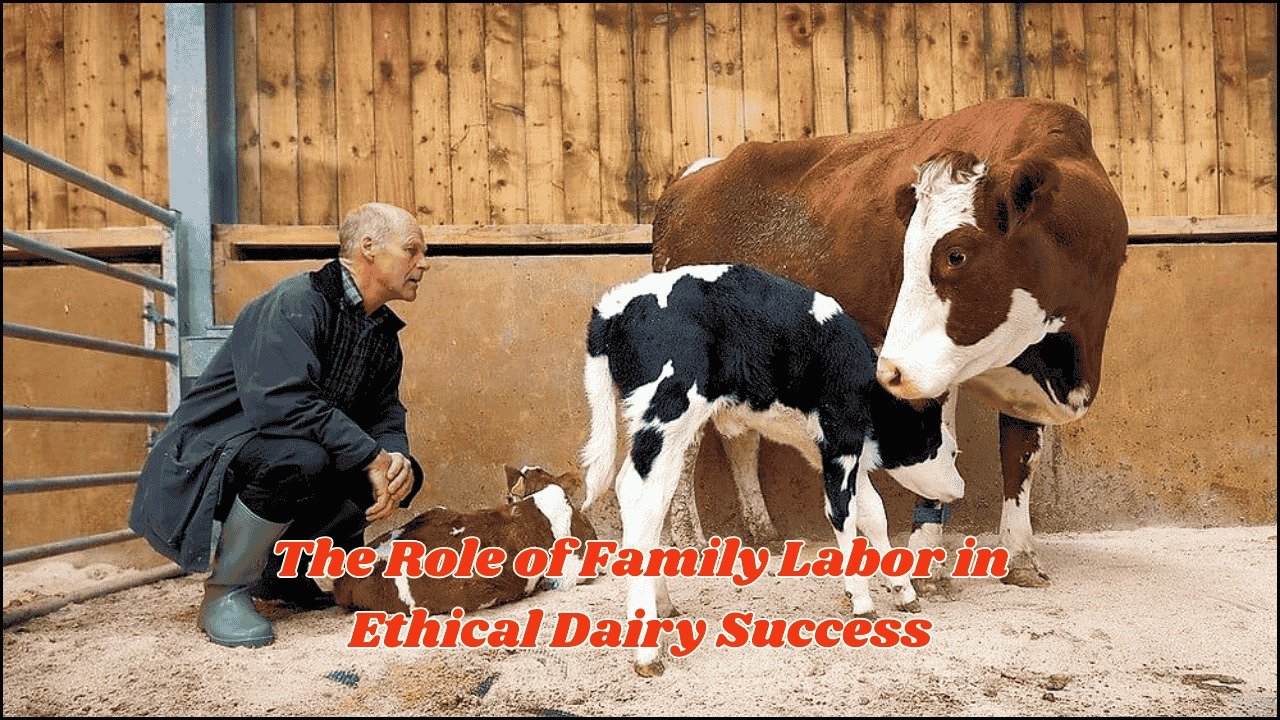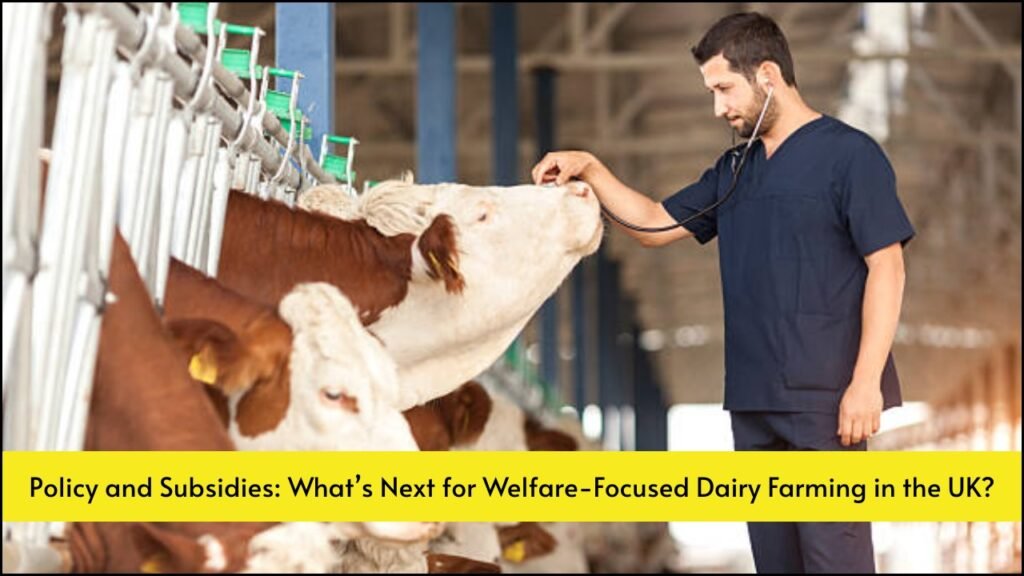
As consumer demand grows for higher welfare standards in dairy farming, the UK is at a critical point in shaping policies and subsidies that support more ethical practices. High-welfare dairy systems, such as cow-with-calf rearing, are gaining recognition for improving animal wellbeing but often come with higher operational costs. This raises the question: how can policy and financial support make such models more viable for farmers?
Table of Contents
Current Subsidies and Support Mechanisms
At present, UK dairy farmers can access certain subsidies through the Environmental Land Management Schemes (ELMS) and other rural support initiatives. While these aim to encourage sustainable farming practices, there is still limited direct financial support for welfare-focused approaches. Some regions have pilot programs that reward farmers for adopting animal-friendly systems, but these are not yet widespread.
Industry groups have been calling for targeted grants that offset the costs of lower-yield systems, increased labour needs, and infrastructure changes. Without such incentives, many farmers find it challenging to make the transition to higher welfare models without compromising profitability.
Overview
| Policy Area | Current Status | Potential Change | Impact on Farmers |
|---|---|---|---|
| Environmental Land Management Schemes (ELMS) | Available but not welfare-specific | Add welfare-focused measures | Could directly reward high-welfare systems |
| Targeted Grants | Limited regional pilots | National rollout of welfare grants | Offsets infrastructure and labour costs |
| Tax Relief on Welfare Investments | Not widely applied | Possible expansion | Encourages capital investment |
| Welfare Certification & Labelling | Voluntary schemes | Government-backed certification | Builds consumer trust and market access |
Potential Policy Changes on the Horizon
The government is reviewing its agricultural policy framework, which could open the door for more specific welfare-focused subsidies. Proposed changes include introducing new “animal welfare enhancement” payments, expanding funding for on-farm innovation, and offering tax relief for welfare-related investments.
Lobbying from animal welfare organisations, consumer advocacy groups, and progressive farming bodies is playing a significant role in shaping these discussions. They argue that improved animal welfare not only benefits livestock but also enhances public trust and market value in UK dairy products.
Barriers to Adoption
Despite positive momentum, challenges remain. The shift to high-welfare systems often involves:
- Reduced milk output in the short term
- Increased labour demands
- Higher feed and housing costs
These factors mean that without policy adjustments and financial backing, adoption will remain slow. Some farmers also face uncertainty about long-term policy direction, making them hesitant to invest in welfare-oriented changes.
The Role of Market Demand
Consumer pressure is a powerful driver for welfare improvements. Premium markets for ethically produced milk, cheese, and yoghurt are growing, both domestically and for export. Retailers are increasingly willing to work with suppliers who meet higher welfare standards, but price sensitivity among consumers still affects how widely these products can be marketed.
If policy can align with market incentives — for example, through co-branding with “government-backed welfare certification” — the economic case for adoption becomes stronger.
FAQs
1. Are there any subsidies specifically for cow-with-calf dairy systems?
A = Currently, only limited regional trials offer support, but national welfare-specific subsidies are under discussion.
2. How can farmers influence upcoming policy changes?
A = Farmers can participate in consultations, join industry associations, and provide data on welfare system benefits to policymakers.
3. Will welfare-focused farming always reduce milk yields?
A = Not necessarily — while some systems see short-term reductions, efficiency and animal health can improve long-term productivity.

